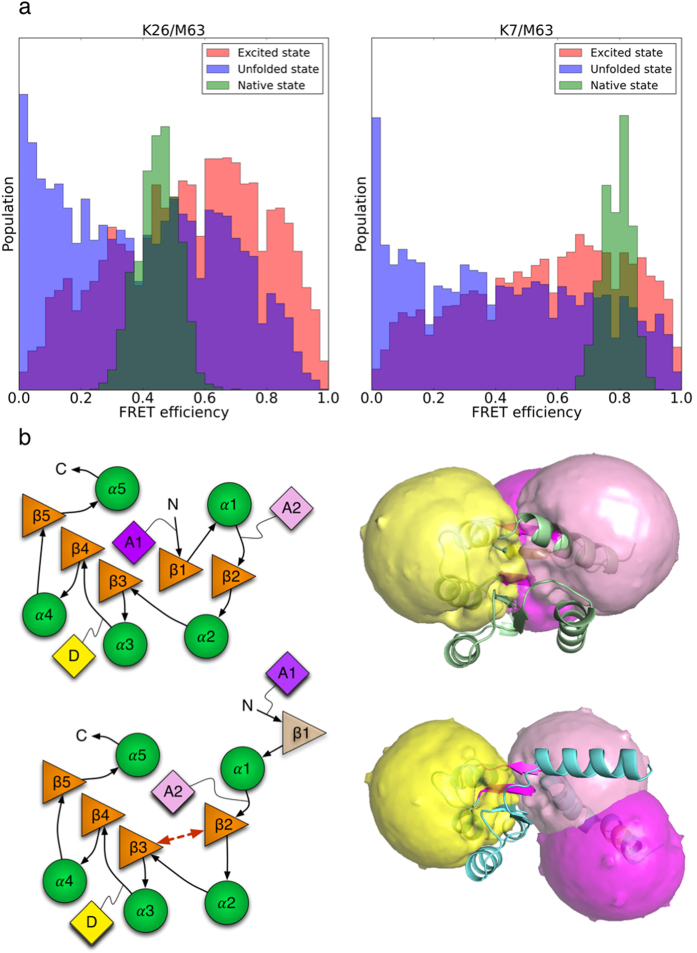Figure 4. A FRET experiment could validate the proposed excited state structural ensemble.
(a) Simulated FRET efficiency distributions for the K26/M63 and K7/M63 FRET pairs. Dyes attached to K26 (β2) and M63 (β3) with R0 = 38 Å give similar mean FRET efficiencies for the native (0.45 ± 0.06) and excited states (0.55 ± 0.24), indicating that on average, the distance between β2 and β3 is larger by 2.8 Å in the native state This suggests that in the excited state, the β2-α2-β3 portion of the N-terminus is slightly more compact than that of the native state. In contrast, dyes attached to K7 (β1) and M63 (β3) with R0 = 42 Å give a significantly higher mean FRET efficiency for the native state (0.79 ± 0.04) compared to the excited state (0.56 ± 0.25), or an approximately 8 Å increase in distance between β1 and β3 in the excited state, suggesting that β1 is loose and not part of the native N-terminal sheet in the excited state. (b) Left: Cartoon representation of the native (top) and excited (bottom) state features, highlighting the excited state’s non-native β2-3 contacts at the N-terminus in contrast to the native β2-1-3 and relative mean dye positions of K7 (purple, A1), K26 (pink, A2), and M63 (yellow, D). Right: Simulated position distributions for the K7 (purple), K26 (pink), and M63 (yellow) dyes for the native state (top), and a conformation containing the non-native β2-3 feature (bottom). Based on our simulations, we predict these two pairs will be effective at inferring the existence of the non-native N-terminal motif of a β2-3 sheet and loose β1 tail. The excited state K26/M63 FRET efficiency will be similar to that of the native state due to similar dye separation distances in both the excited and native states. On the other hand, the excited state K7/M63 FRET efficiency will be noticeably smaller than that of the native state due to the absence of β1 from the central sheet, resulting in a much larger mean distance between K7 and M63.

